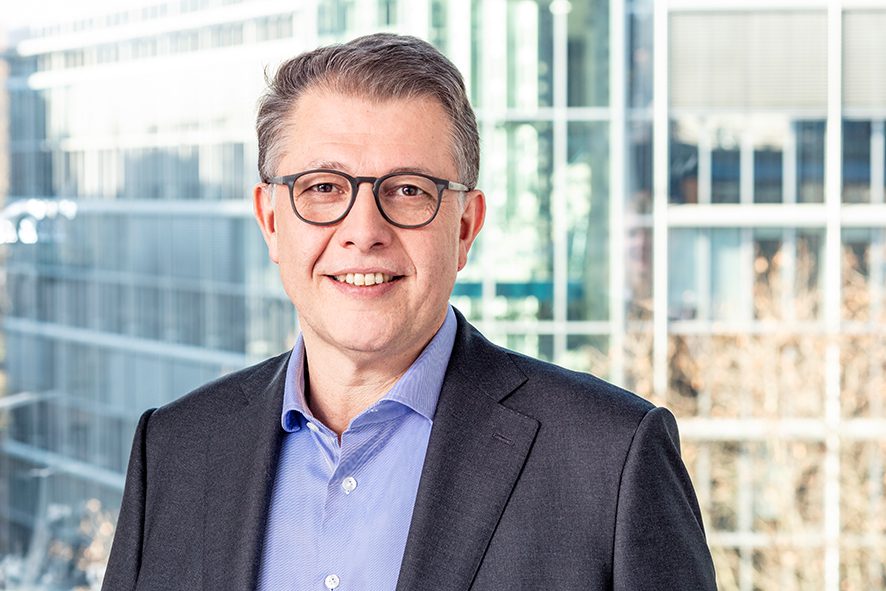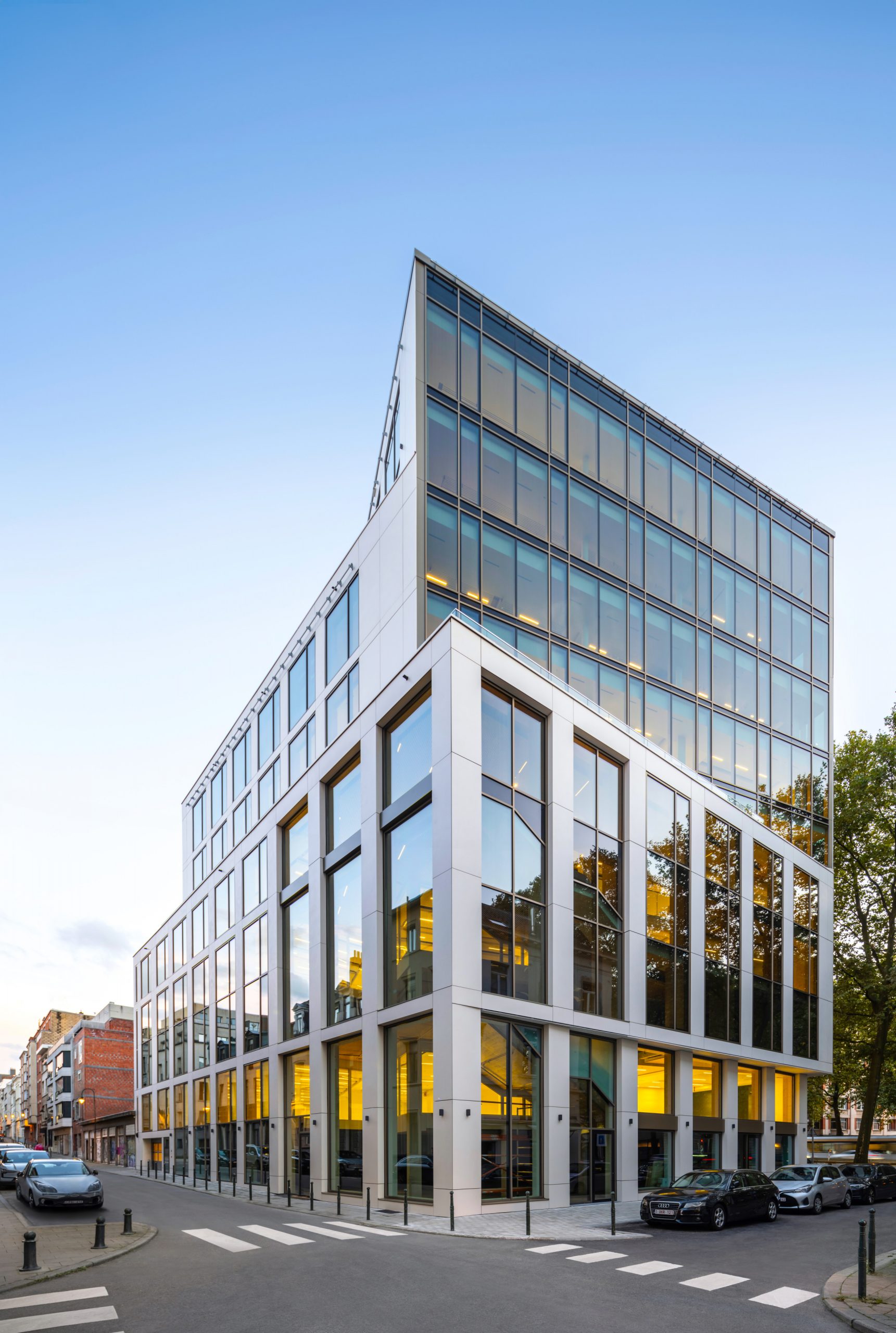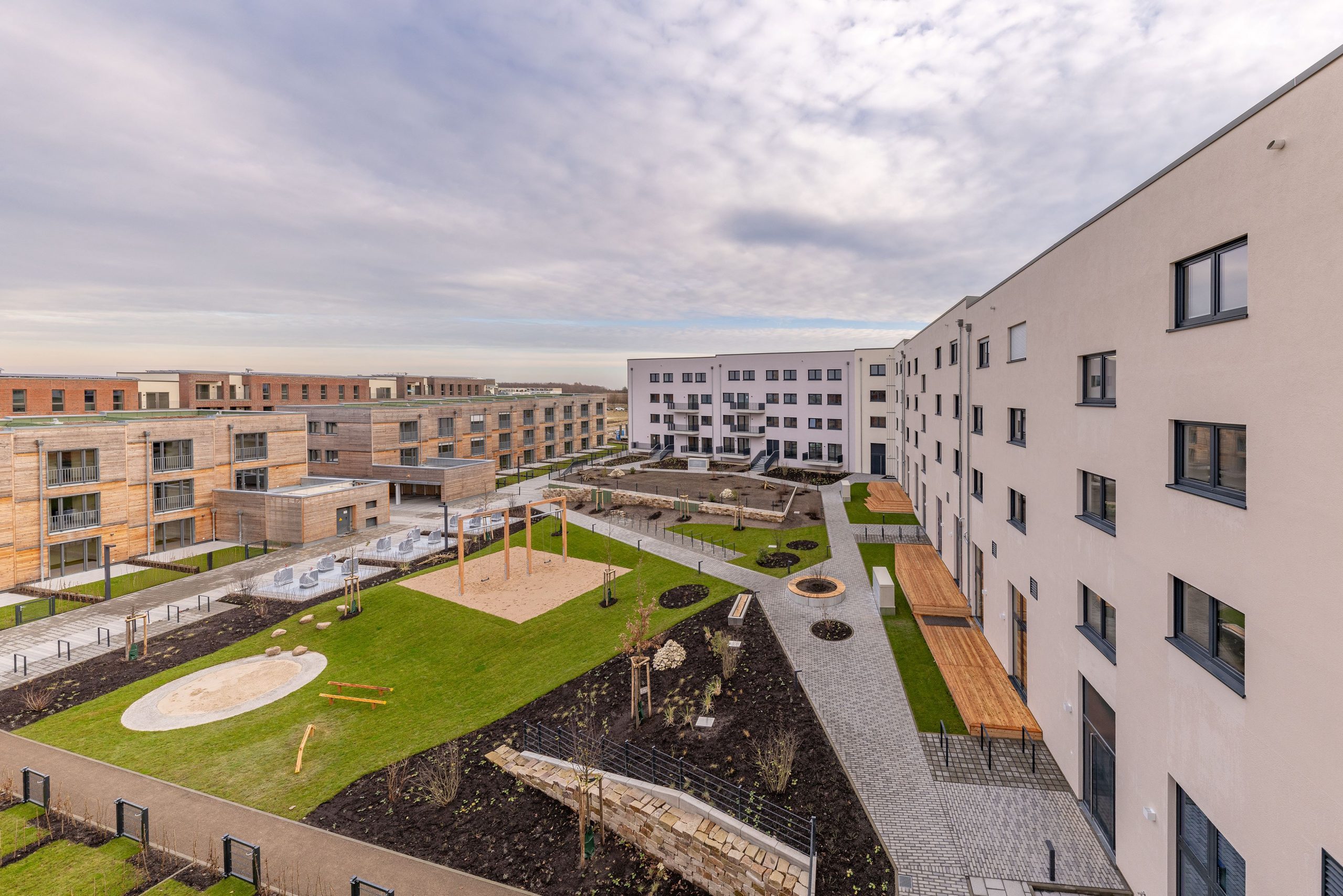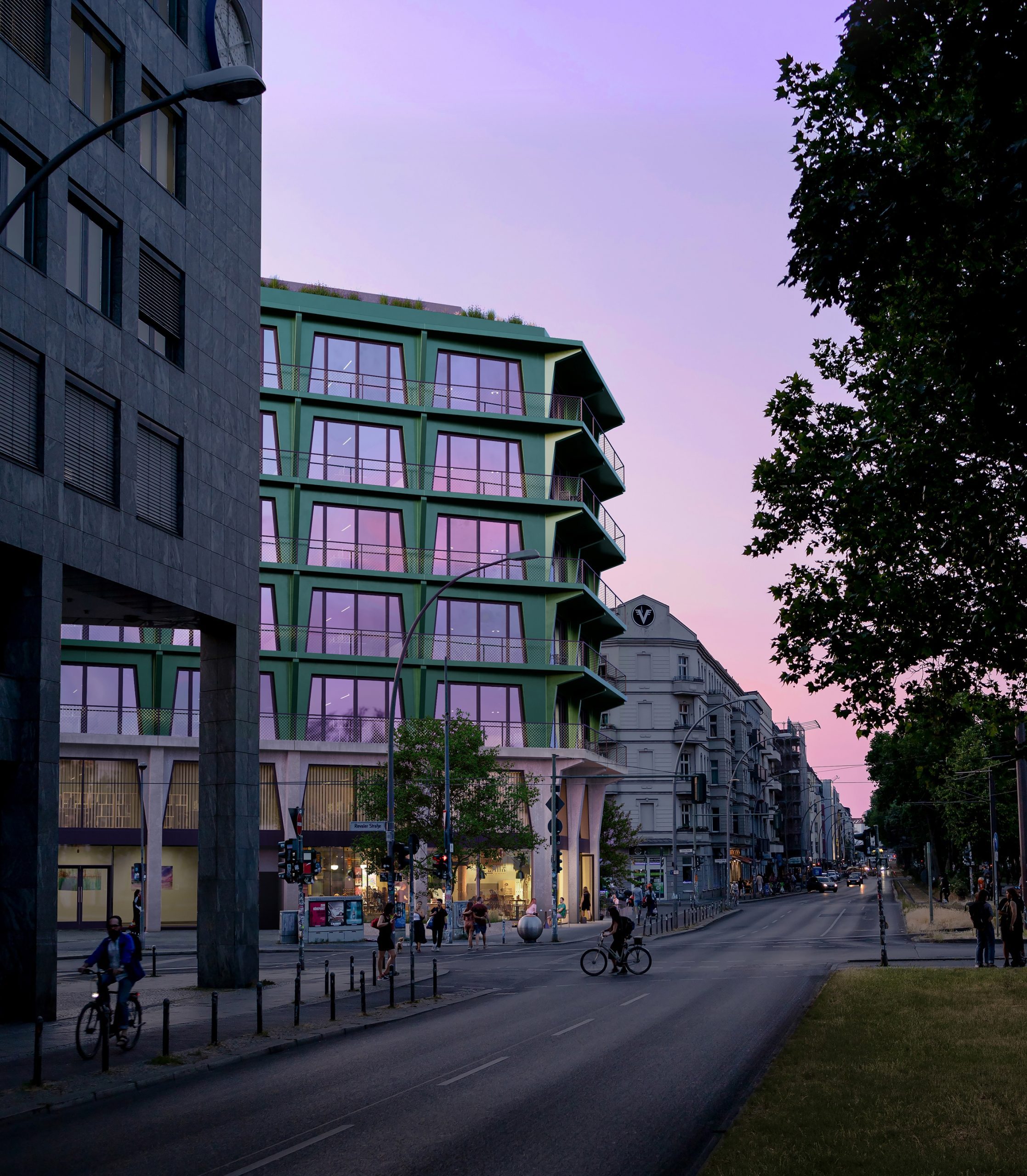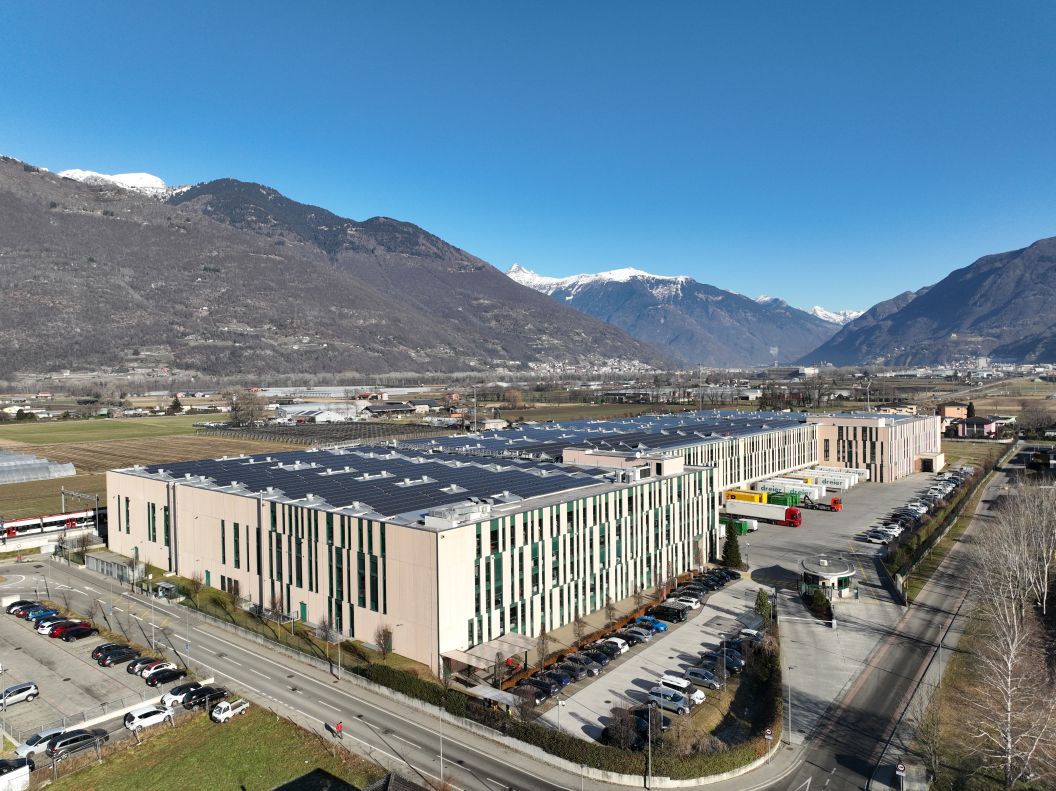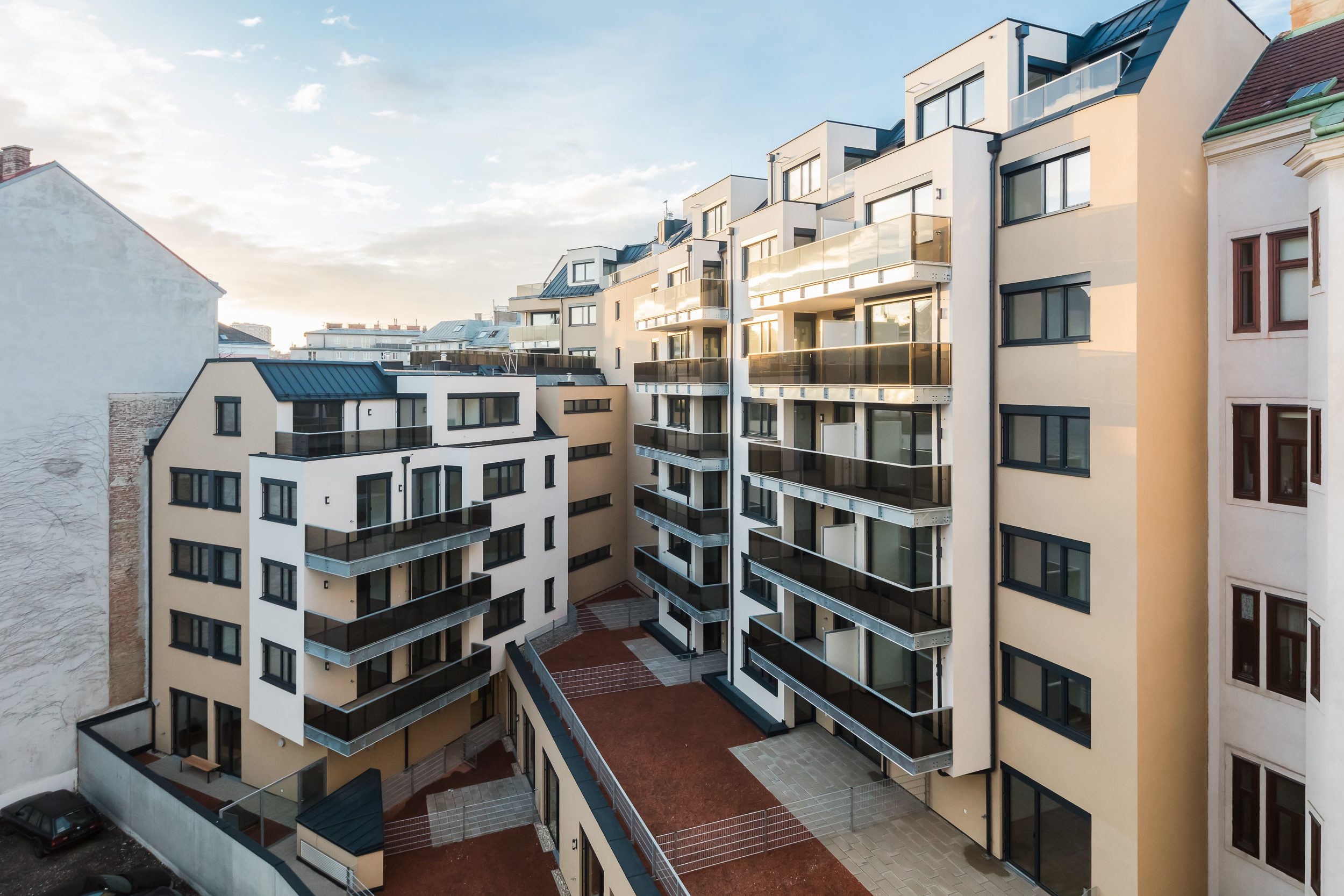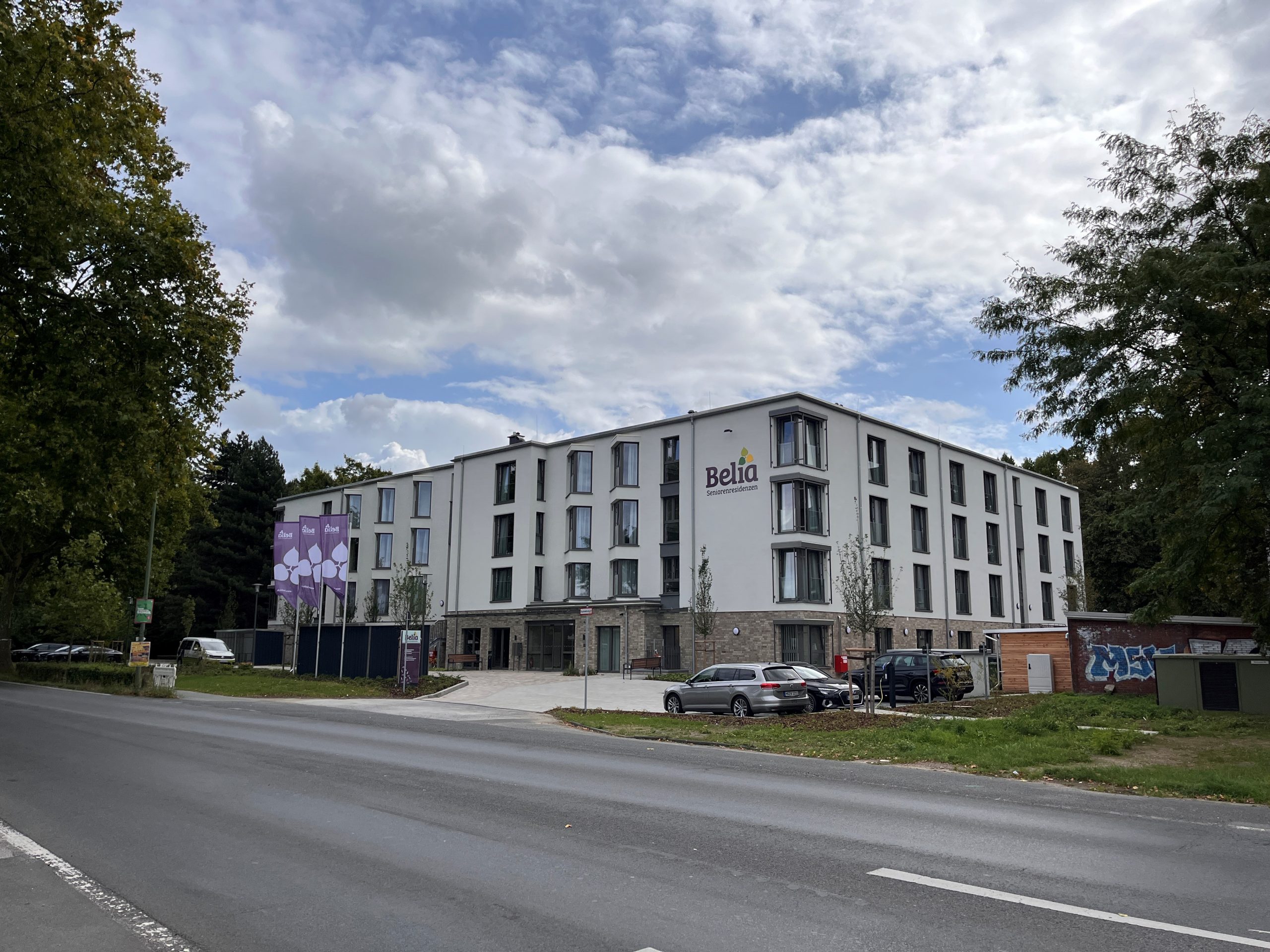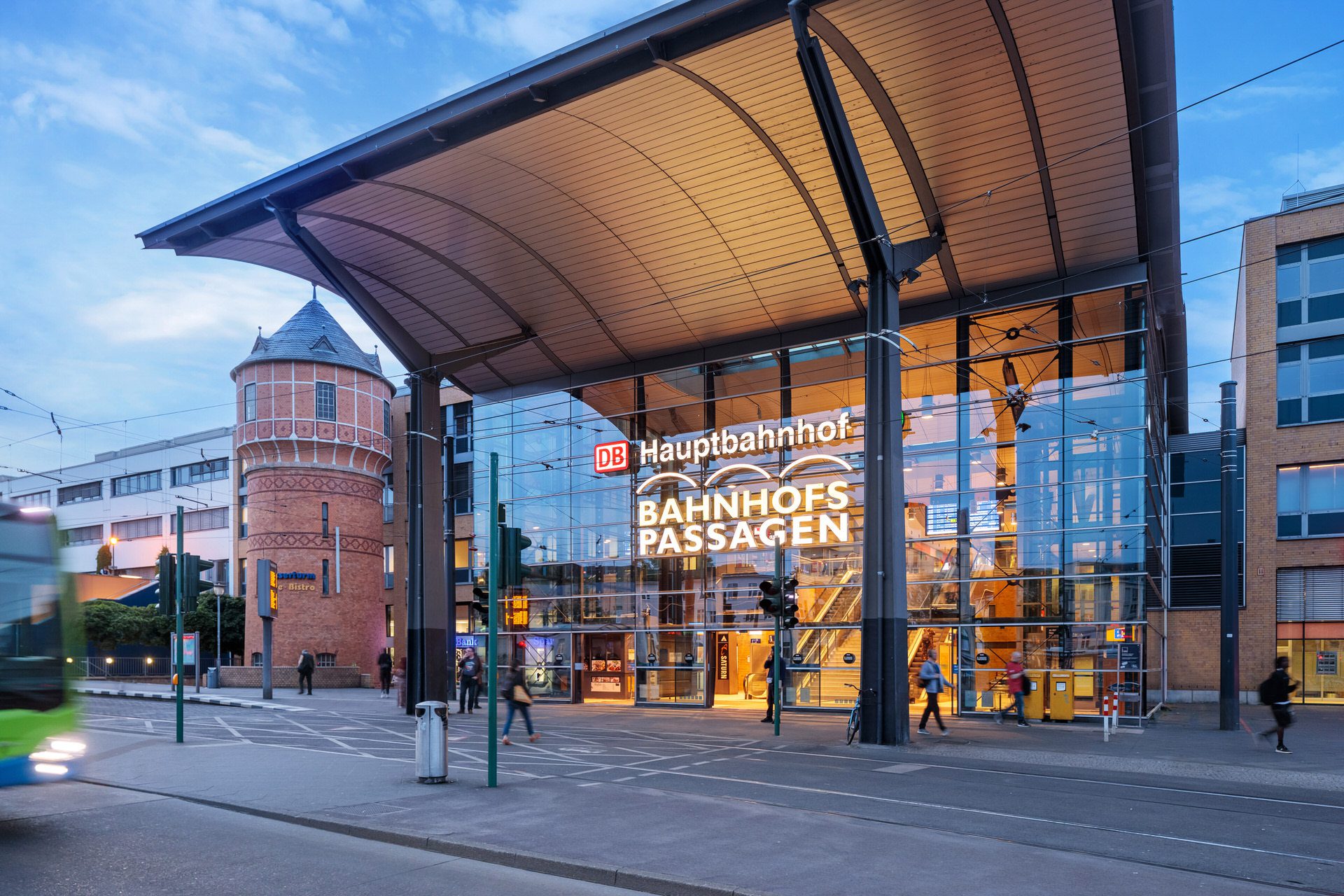LAVA ENERGY (LAVA), an expert in cost-effective and climate-neutral energy solutions for real estate, has acquired a new corporate headquarters at its home site in Stuttgart. The listed residential and commercial building at Reinsburgstraße 6 will be the headquarters in the future and offers space for further growth. At the same time, the purchase underlines the importance of climate protection in the building sector, which has its greatest impact in particular through the further development of existing buildings.
The property is located in a central city centre location between Karlshöhe and Königstraße. The seller is a German insurance company and the transaction was brokered by Colliers. Until the move, LAVA will continue its business activities from its previous headquarters at Königstraße 45.
State-of-the-art office space and employee apartments
The listed building has a gross floor area of around 1,790 m² and stands on a plot of about 740 m². It comprises a total of six floors.
On the upper floors (4th and 5th floors) there are smaller residential units that will be available to employees in the future. The location is excellently connected in terms of transport: Stuttgart’s main train station can be reached in a few minutes, the airport in around 20 minutes.
Economic decarbonisation in existing buildings
The architectural planning and implementation is the responsibility of the architectural firm Tennigkeit + Fehrle. The aim is to develop the building into a tangible example of a profitable energy transition in existing buildings. The new LAVA office is to become a showcase project with demand-oriented regulation and control technology, intelligent energy solutions, the use of renewable sources and an optimized district heating connection. At the same time, the best working conditions are to be created. Particular attention is paid to the sensitive handling of the listed building fabric.
Marcus Lehmann, Managing Director of LAVA ENERGY, says: “We are growing and showing how an economically viable transformation of the energy supply in existing buildings can succeed. Our solutions can be experienced directly at our new headquarters: The former bank building from 1860, soon to be equipped with state-of-the-art technology, is both a showcase and a working environment as well as a contribution to driving forward the transformation of the real estate industry.”




